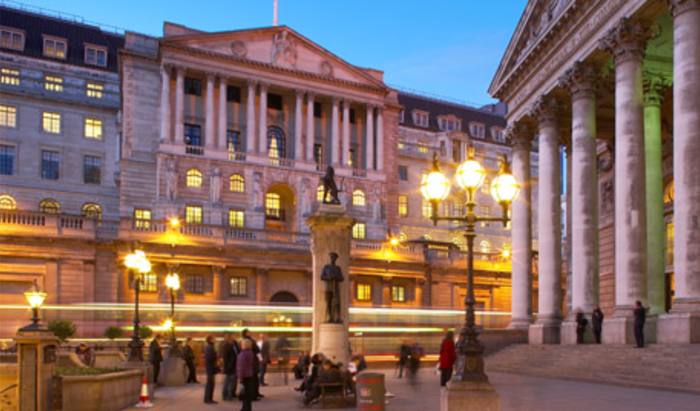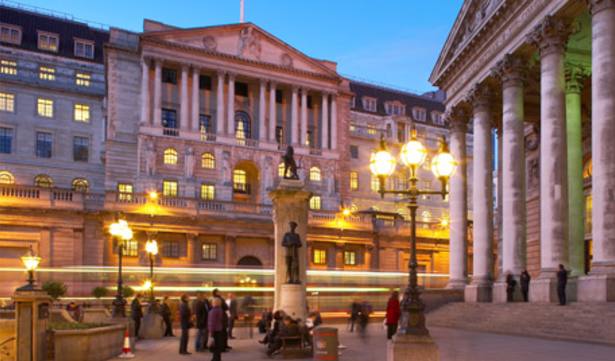
Since the global financial crisis, quantitative easing (QE) has become a familiar term. But as we enter 2017, central banks’ approaches appear to be diverging, with a growing focus on fiscal rather than monetary stimulus.
QE has had a significant impact on the fixed income market through its government, and more recently corporate, bond-buying programmes, but with Japan and Europe continuing to promote looser monetary policy and the US on a tightening path, where does this leave bond investors?
Hans van Zwol, senior portfolio manager of the NN Global Bond Opportunities fund at NN Investment Partners, notes: “Over the past 25 years, interest rates declined to the spectacularly low levels in 2016. This meant fixed income investments provided satisfactory returns. Over the past 10 years, for instance, the Global Aggregate bond index delivered in euros on average more than 5 per cent total return per annum.”
But he points out there is not much room for lower rates from these levels, and as G10 inflation slowly turns the corner, markets have realised extraordinary loose monetary policy will not be around forever.
“This means investors have to be prepared that the high returns of decades past will no longer be so obvious.
“However, there is no need to paint a dramatic scenario for bond investors,” he adds. “First, we don’t think interest rates will rise very fast because inflation will rise slowly, economic growth is moderate, excess savings are still large and the market is supported by strong demand for high-quality assets.”
That said, he suggests core government bonds will struggle to deliver positive returns, and instead a fixed income portfolio that “also includes a broad range of corporate credits, some high yield and allocations to emerging markets debt is the best mix in this environment”.
In terms of government bonds, developed sovereign markets continued delivering positive total returns in 2016, notes David Absolon, investment director at Heartwood Investment Management, although he emphasises the US Treasury market was not as strong as previous years.
He explains: “US Treasury yields rose moderately in 2016, but this masked a sell-off following the US election. The UK gilt market outperformed, with yields falling following the UK referendum result. Despite worries about the long-term impact of Brexit on the UK economy, survey and activity data in the second half of 2016 remained resilient and UK gilt yields returned to their pre-referendum levels by year-end.
“Rising inflation expectations and global growth prospects [should] continue to push developed sovereign bond yields higher in the near term. While energy and currency effects are likely to be transitory, central banks are stepping back from providing liquidity to financial markets in a reflationary environment.”
David Crall, chief investment officer and managing director at Nomura Corporate Research and Asset Management, points out that after raising rates by 25 basis points in December, “the [US] Fed may move forward with two to three rate hikes in 2017”. He explains: “The election of Donald Trump and the potential for fiscal stimulus increases the possibility of a more active Fed. It will likely be more aggressive in response to fiscal stimulus as the US economy is close to full employment.”






